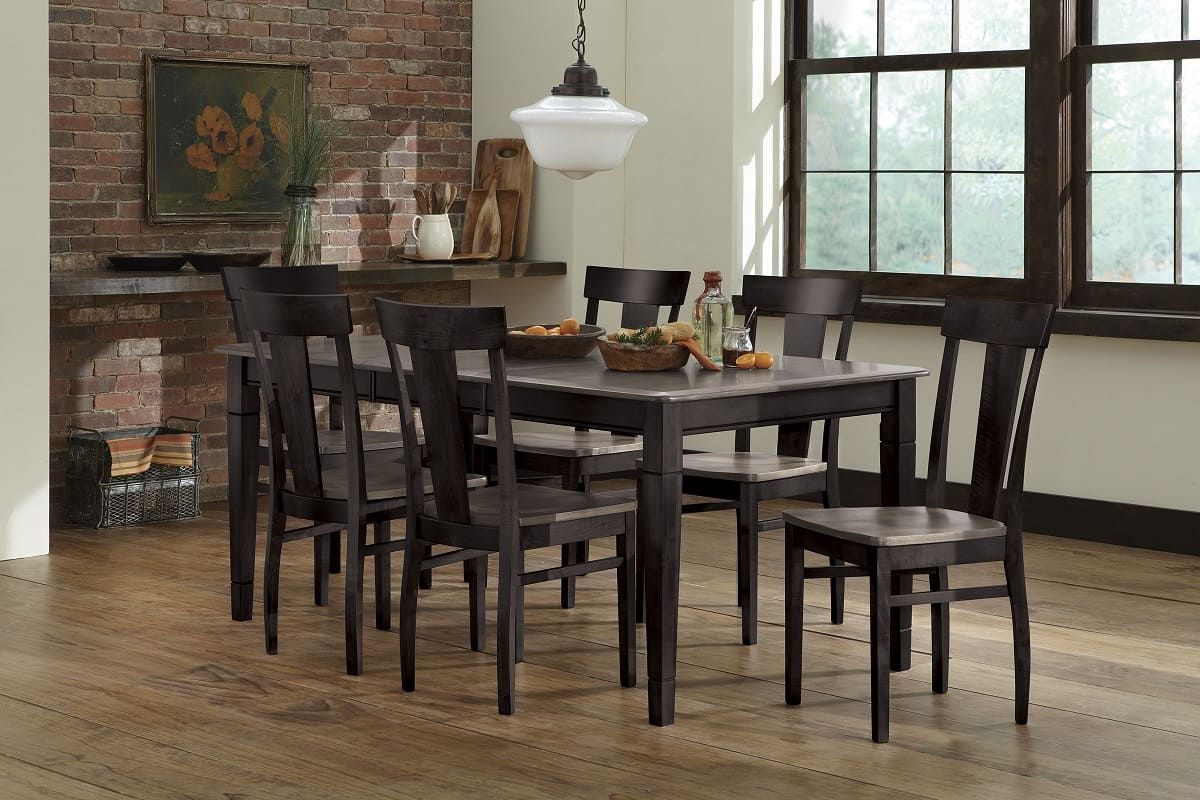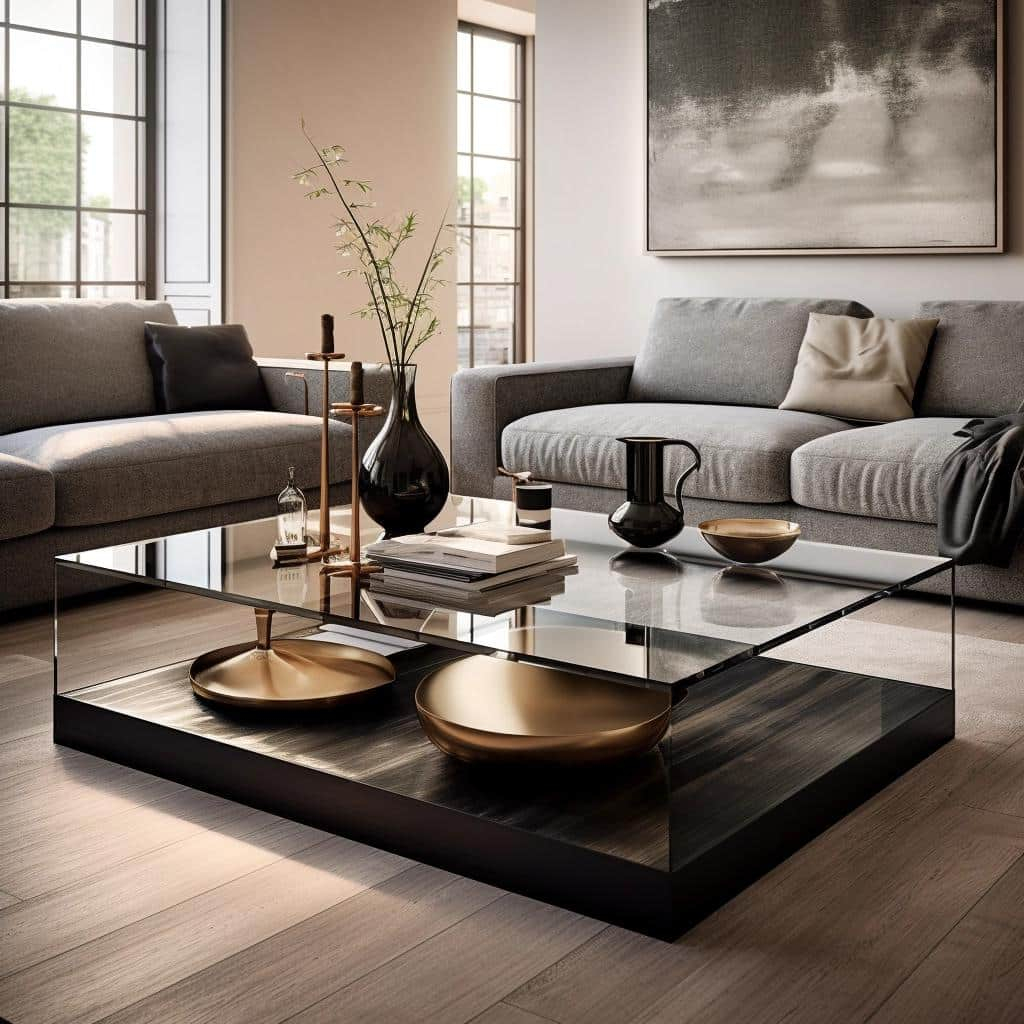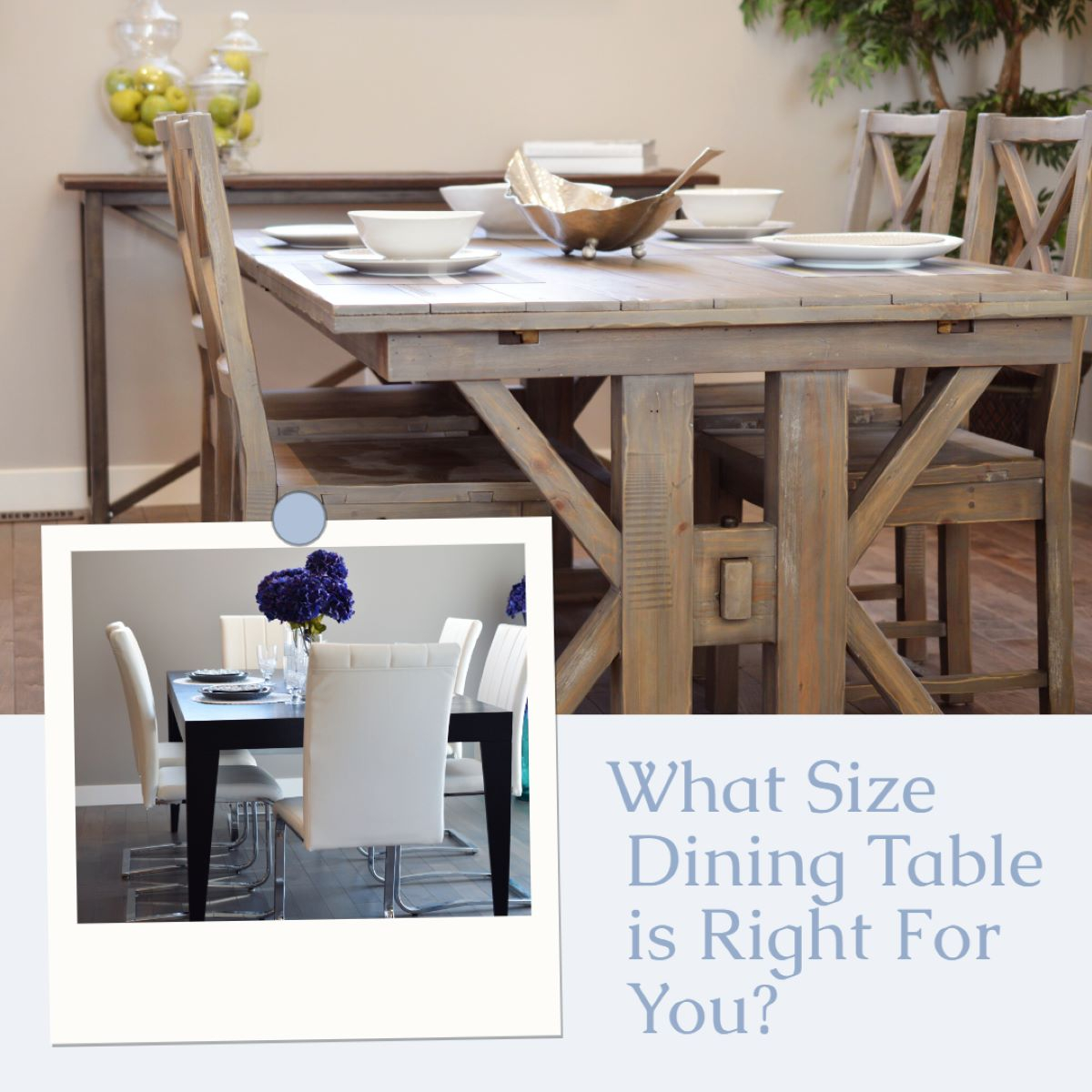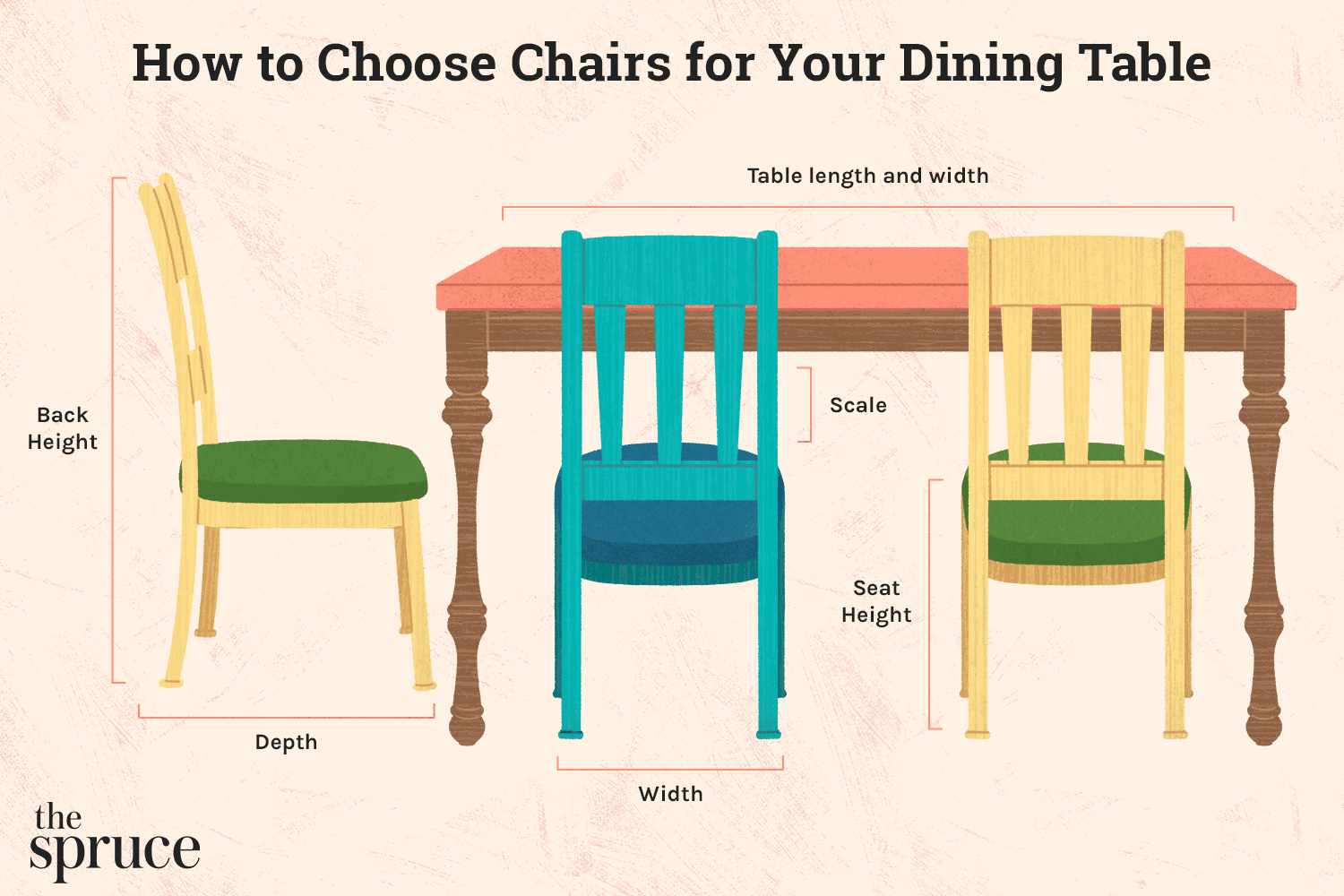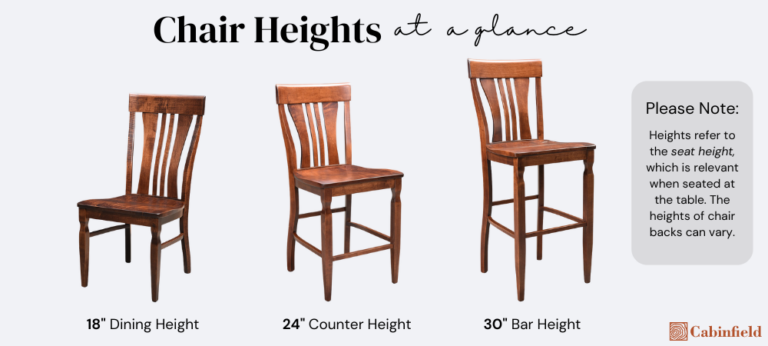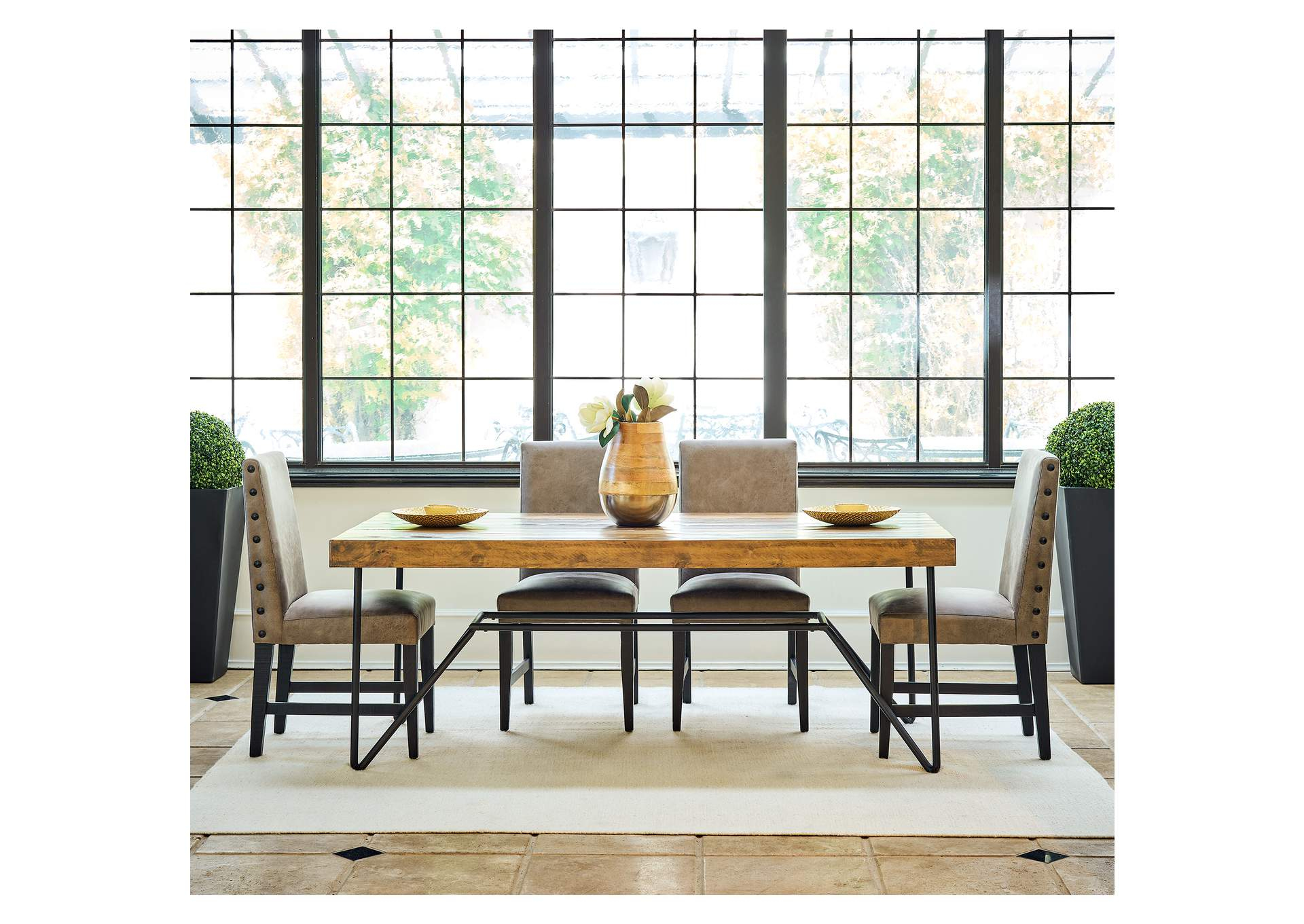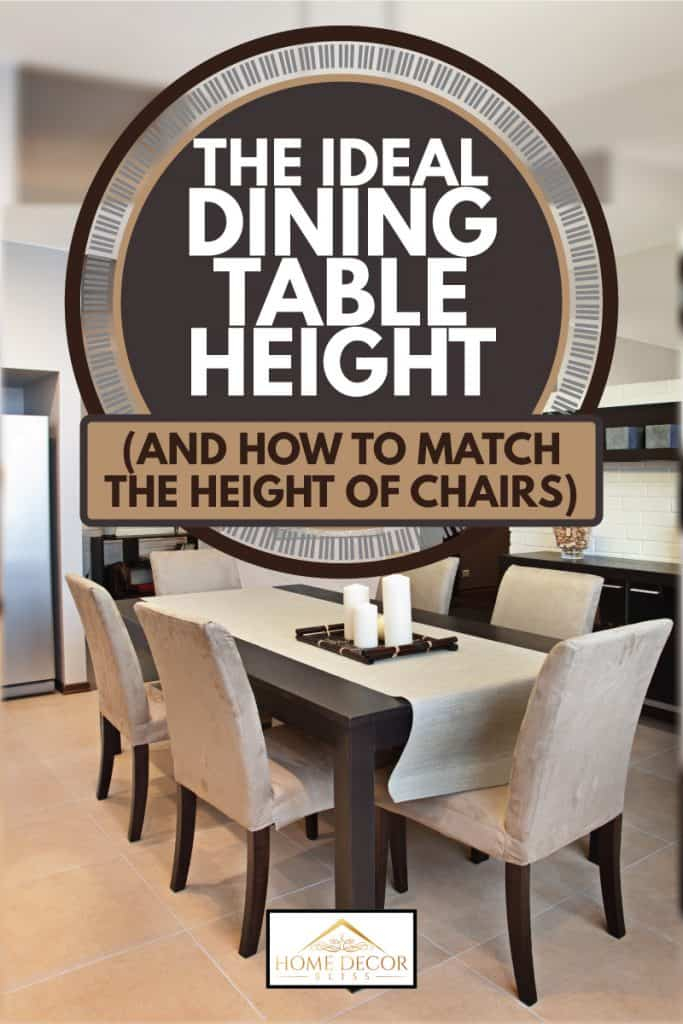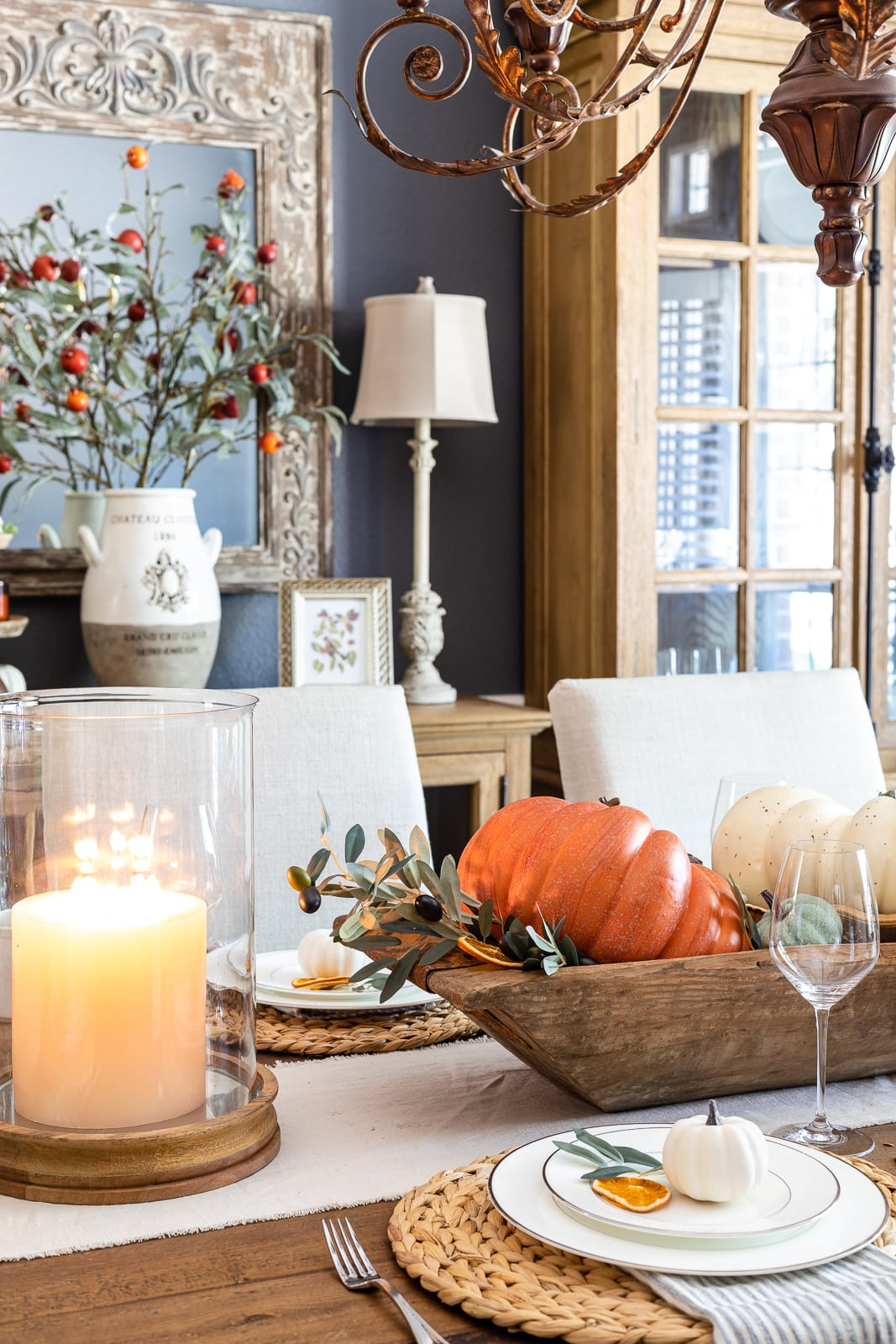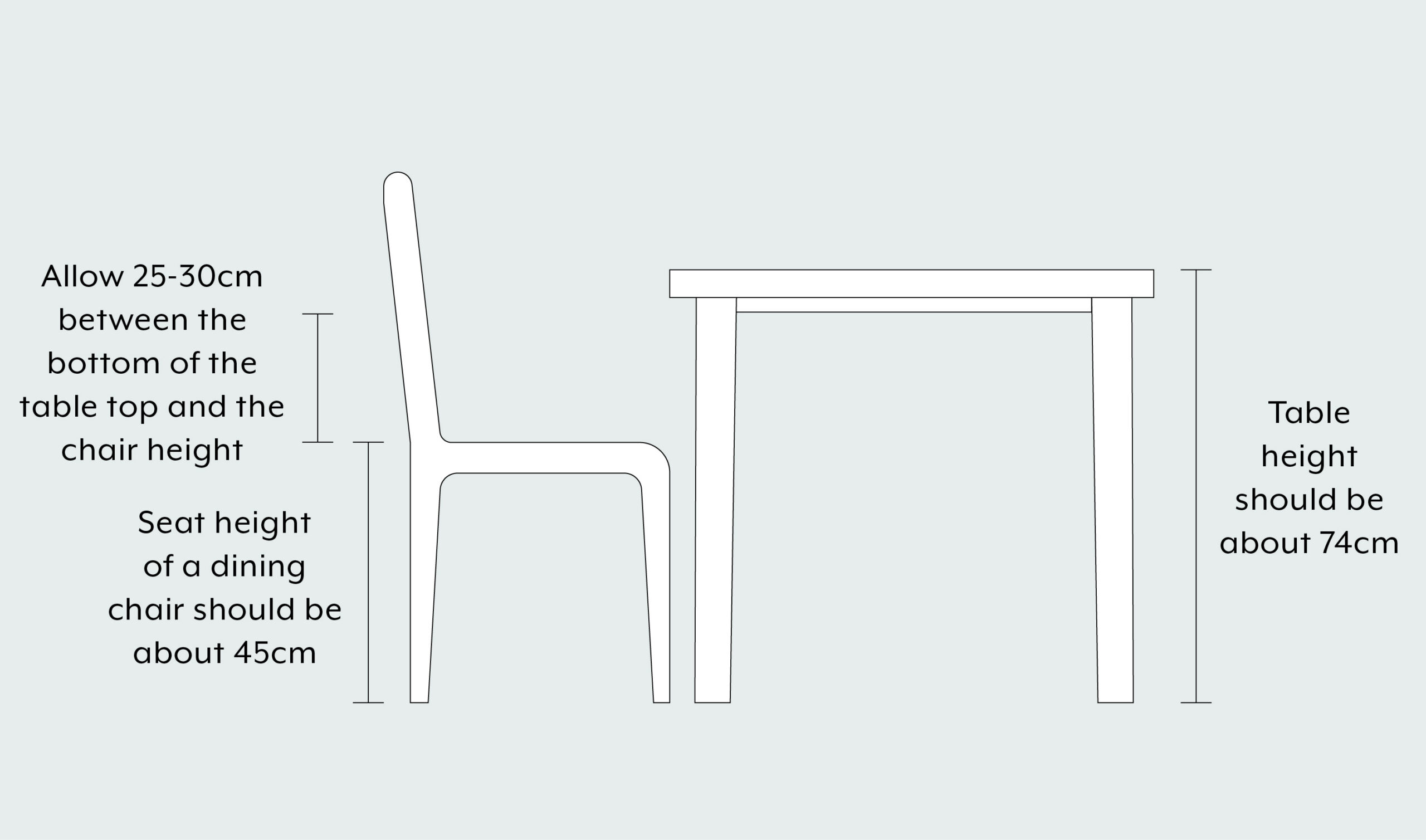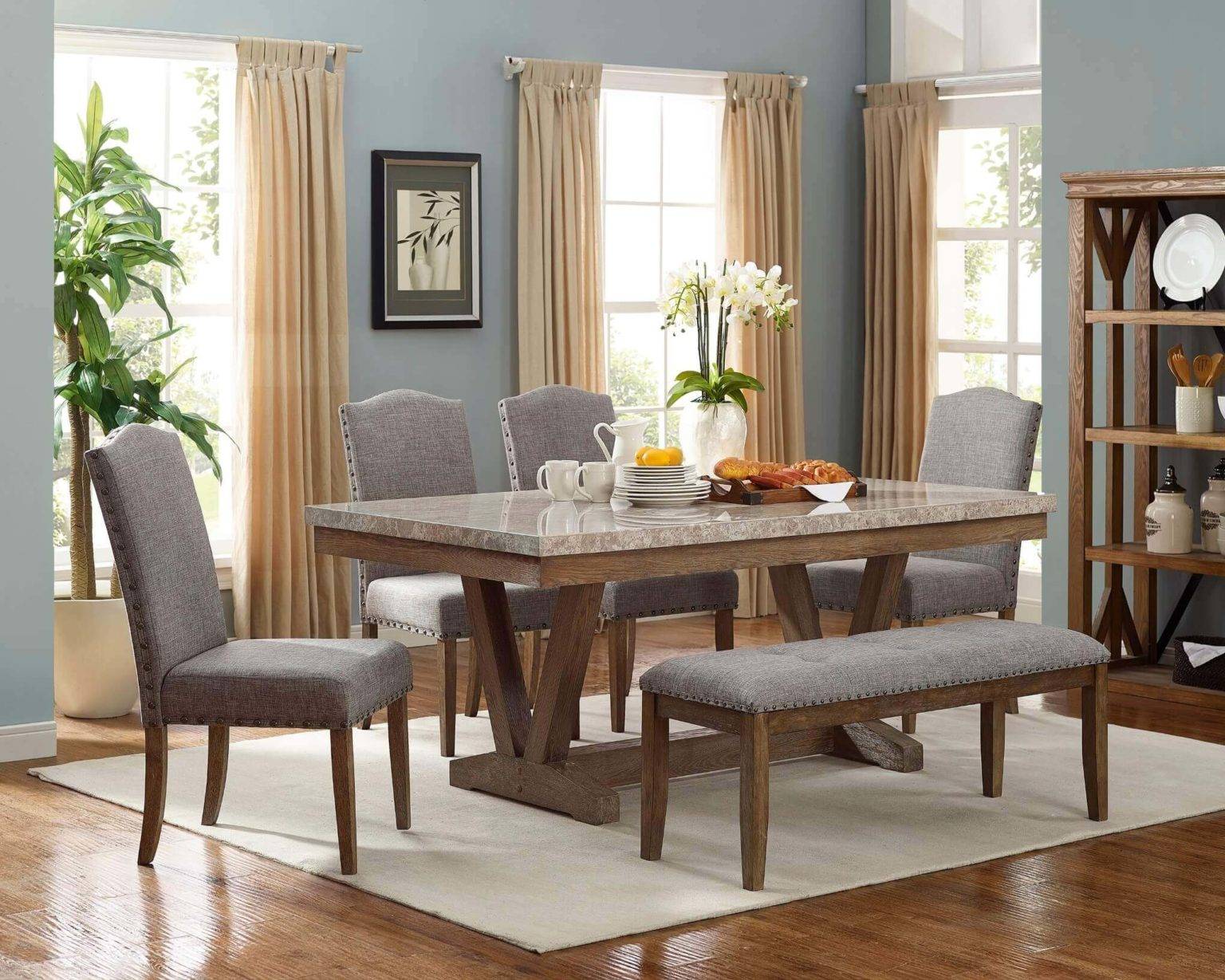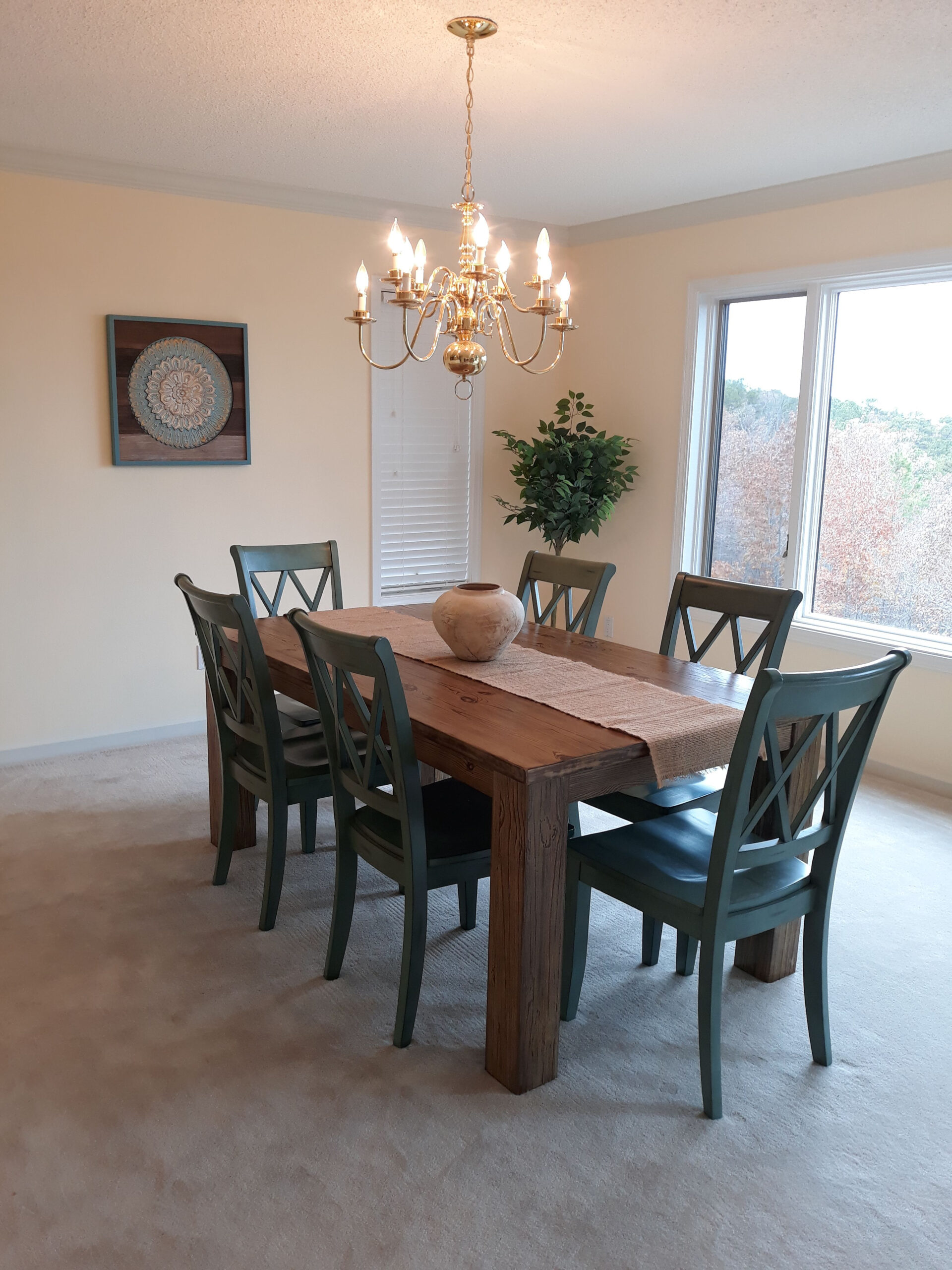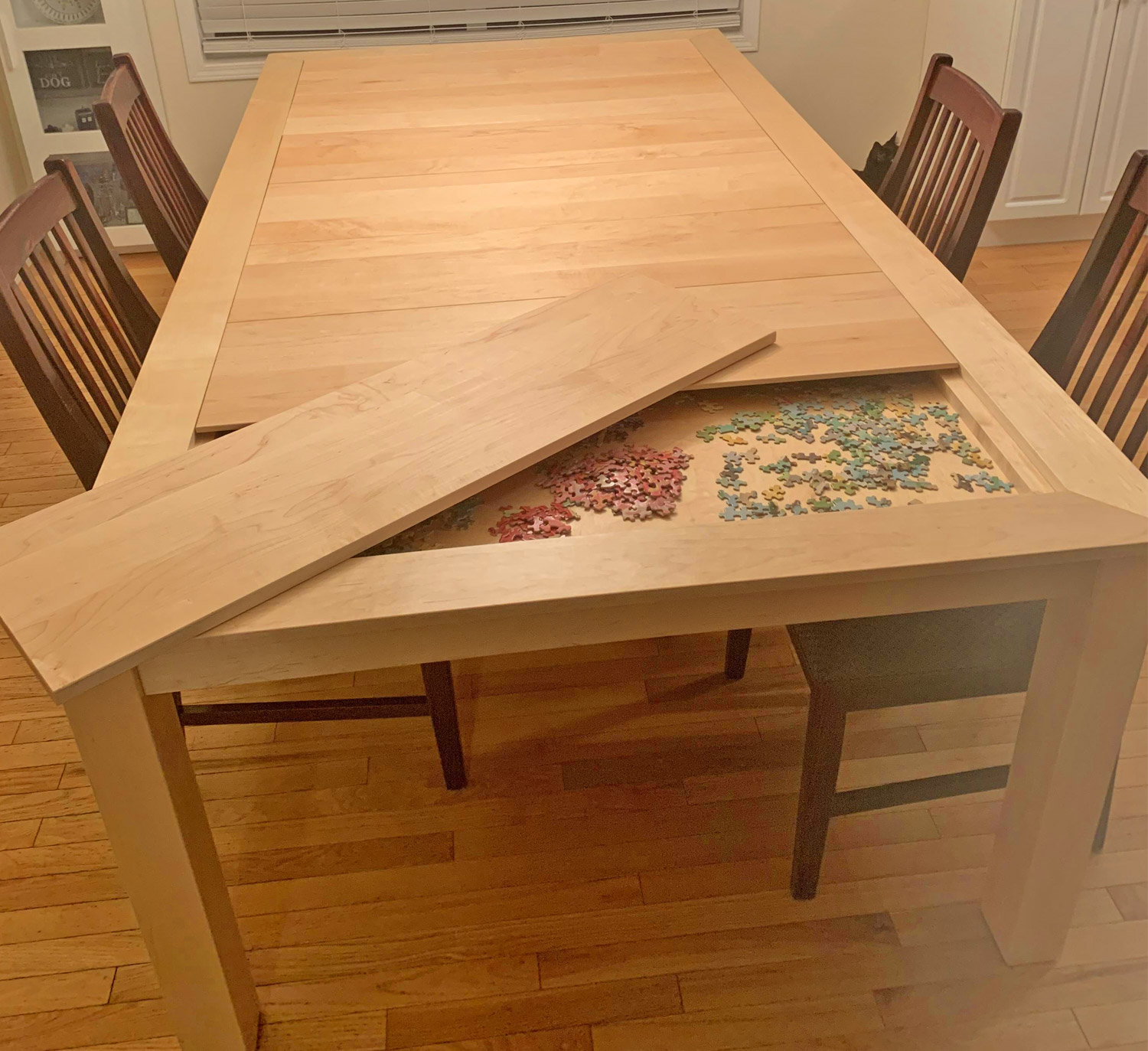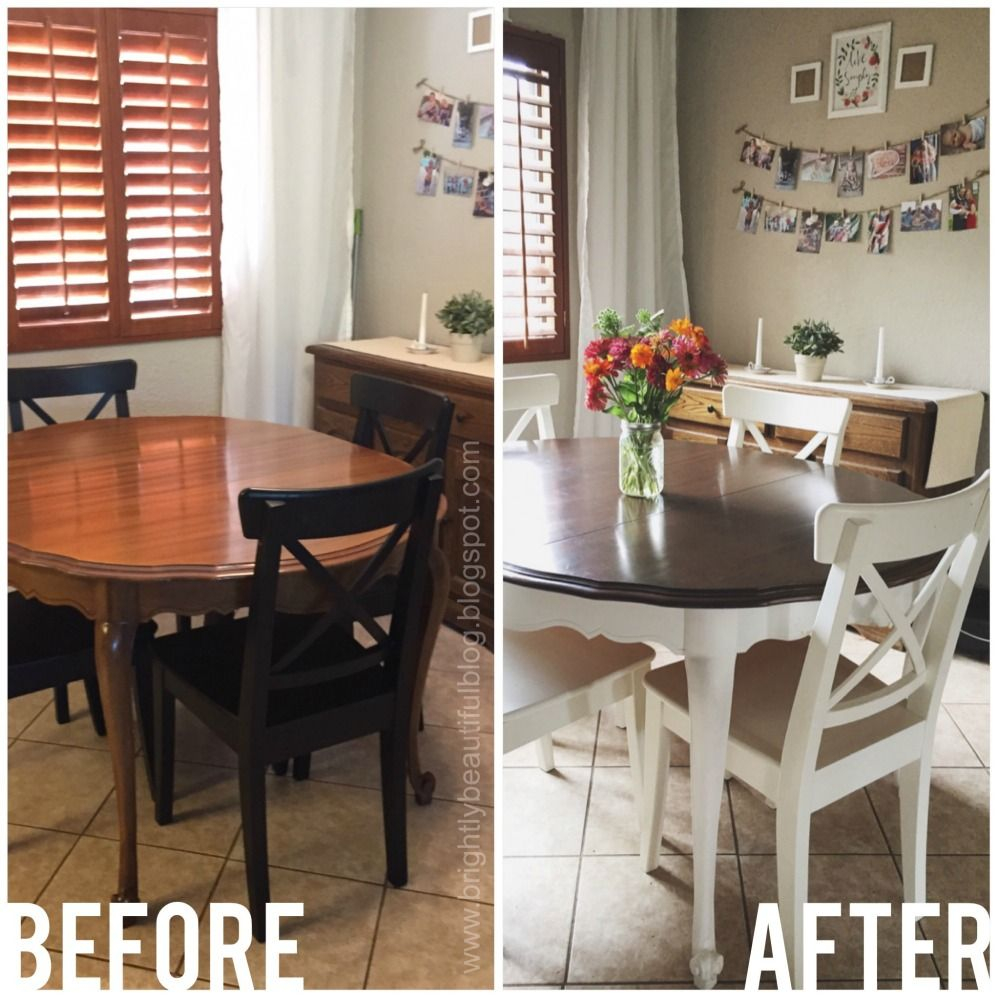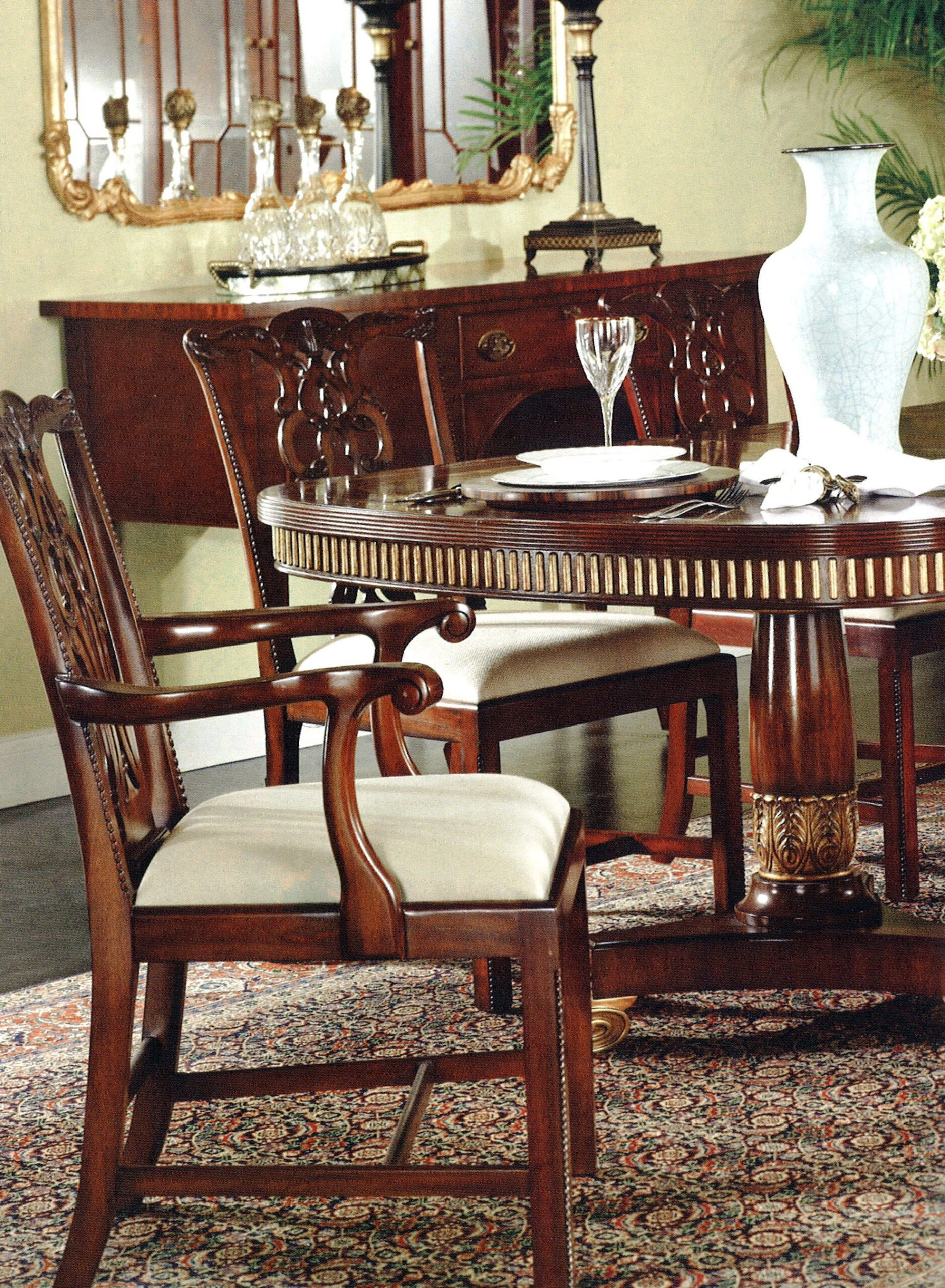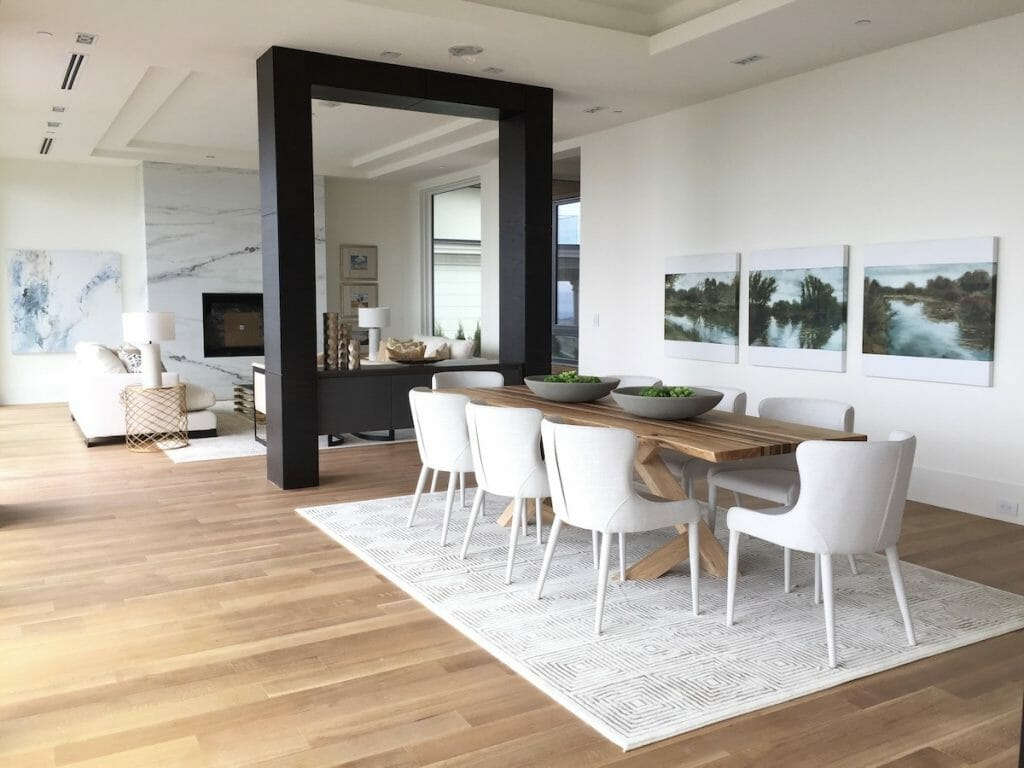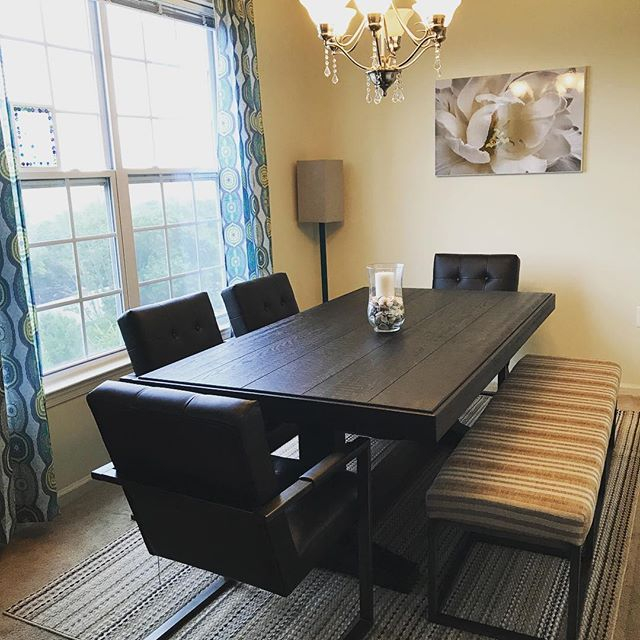We often think about dining tables in terms of style, material, or how many people they can seat. But what if I told you that the height of your table plays a much bigger role in your mealtimes than you might realize? It’s true. That few inches difference can actually change how you feel, how you eat, and even how you interact with others around the table. Let’s dive into how this often-overlooked detail can make a real difference.
Think about your last truly comfortable meal. What made it so good? Was it the food, the company, or maybe something else entirely? Often, we don’t even consciously register the physical comfort that allows us to relax and savor the experience. But when something’s off – maybe you’re hunched over, or your knees are bumping against the underside of the table – you definitely notice. The height of your dining table is a key player in this comfort equation, and understanding its impact can transform your everyday dining moments from just okay to truly enjoyable.
The Ergonomic Equation: Comfort and Posture
The primary way table height affects your mealtime is through ergonomics, which is basically the study of how people interact with their surroundings. When a table is the right height for you and your chairs, it allows for a natural, relaxed posture. Your feet should rest flat on the floor, and your forearms should be able to extend comfortably onto the table surface without you having to slouch or reach. When this balance is off, it can lead to discomfort, back pain, and even neck strain over time. Imagine trying to enjoy a leisurely dinner while constantly adjusting your position because your elbows are too high or too low. It’s not ideal, is it? Most standard dining tables are around 28 to 30 inches high. This range generally works well with standard dining chairs that have a seat height of about 18 inches, leaving a comfortable 10 to 12 inches of space between the tabletop and your lap. It’s that sweet spot that promotes good posture and minimizes physical strain.
Chair Compatibility: The Crucial Connection
You can’t really talk about table height without talking about chairs. They’re a package deal, really. The height of your dining chairs needs to complement the height of your table to create that ergonomic balance we just discussed. If your chairs are too low for your table, you’ll find yourself craning your neck down, and your arms might feel awkwardly positioned. Conversely, if your chairs are too high, you might feel like you’re perched on a stool, with your arms too high and your shoulders tensed. It’s essential to have a gap of roughly 10-12 inches between the top of the chair seat and the underside of the tabletop. This allows enough clearance for your legs and comfortable placement of your arms. When you’re shopping for a new dining set, always consider the chair and table as a unit. If you’re buying them separately, bring a chair with you to test against a table, or at least check the dimensions carefully. Don’t forget to factor in any cushions, as they’ll add a couple of inches to the seat height.
Impact on Eating Habits and Digestion
Believe it or not, your table height can even subtly influence how you eat and how your body processes that food. When you’re sitting comfortably, with good posture, your digestive system can function more efficiently. Slouching or being in an awkward position can compress your abdomen, potentially leading to indigestion or discomfort. A table that allows you to sit upright, with your meals at a natural level, supports better digestion. Think about it: when you’re relaxed and comfortable, you tend to eat more slowly and mindfully, which is also great for digestion and can help you recognize fullness cues better. A table that forces you into a strained position might make you rush your meal or feel unsettled afterward.
Social Dynamics and Conversation Flow
Beyond just physical comfort, the height of your table can also influence the social dynamics of your mealtimes. A table that’s too high or too low can create awkward barriers. If you’re constantly leaning forward or craning your neck, it can make engaging in conversation feel like a chore. When everyone is seated at a comfortable height, with eye levels relatively aligned, it fosters a more open and natural flow of conversation. It makes it easier to make eye contact, share stories, and feel connected to the people you’re dining with. Imagine a family dinner where everyone is physically comfortable and engaged – that’s the kind of atmosphere a well-proportioned table height helps create. It encourages lingering, sharing, and strengthens those bonds.
Beyond Standard: Accommodating Different Needs
While standard heights work for many, it’s important to remember that people come in all shapes and sizes. Taller individuals might find standard tables a bit too low, leading to that hunched posture. Shorter individuals might find standard tables a bit too high, making it difficult to get their feet flat on the floor. Fortunately, there are solutions. Many furniture manufacturers offer tables in different heights, or even custom options. Counter-height tables (usually around 36 inches) paired with counter-height stools are a popular alternative, often providing a more relaxed, casual vibe. Similarly, there are lower, more traditional-height tables available. When choosing, consider who will be using the table most often and what their specific needs are. Don’t be afraid to look for options that deviate from the norm if it means a better dining experience for you and your family.
Practical Tips for Finding the Right Fit
So, how do you ensure you get the right fit? Here are a few practical pointers:
- Measure, Measure, Measure: Before buying, measure the height of your chairs (from the floor to the top of the seat). Subtract that number from 28-30 inches (the typical table height range). The result should ideally be between 10 and 12 inches. This is your perfect tabletop height.
- Consider Your Chairs: If you already have chairs, base your table selection on them. If you’re buying a set, ensure they’re designed to work together.
- Test it Out: If possible, try sitting at tables and chairs together in a store. See how you feel. Is it comfortable? Can you rest your arms naturally?
- Think About Your Space: Counter-height tables can make a kitchen feel more modern and open, while traditional heights might suit a more formal dining room.
- Don’t Forget Accessories: If you use chair cushions, remember they add height. Account for this in your measurements.
- Look for Adjustable Options: Some tables come with adjustable legs, offering a bit more flexibility.
The height of your dining table might seem like a minor detail in the grand scheme of home decor, but its impact on your comfort, posture, and even your social interactions around meals is undeniable. By paying attention to the relationship between your table and chairs, and considering the ergonomic needs of those who will use it, you can transform your dining area from a functional space into a hub of comfort and connection. So next time you’re planning a meal or considering new furniture, remember to look beyond the inches and appreciate how the right height can truly elevate your entire dining experience. It’s a subtle change that can make a world of difference to your everyday enjoyment.

